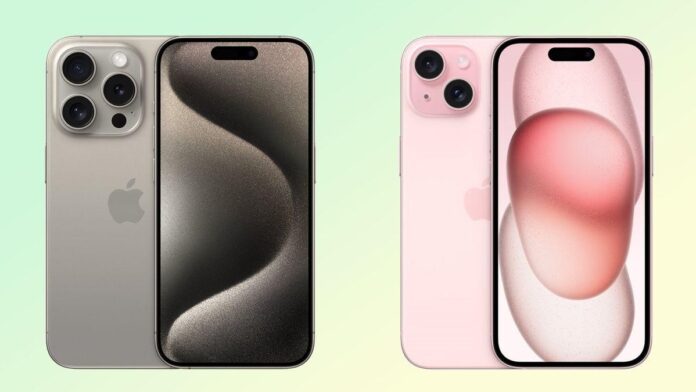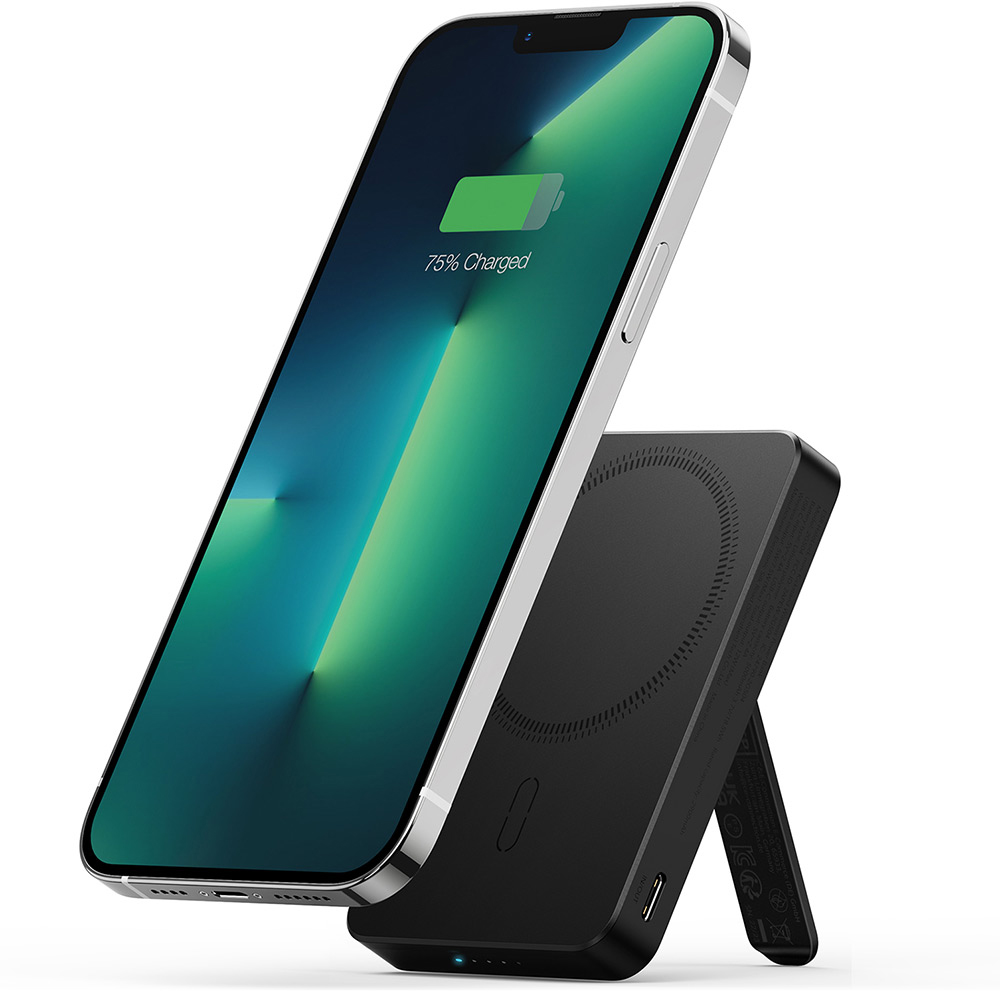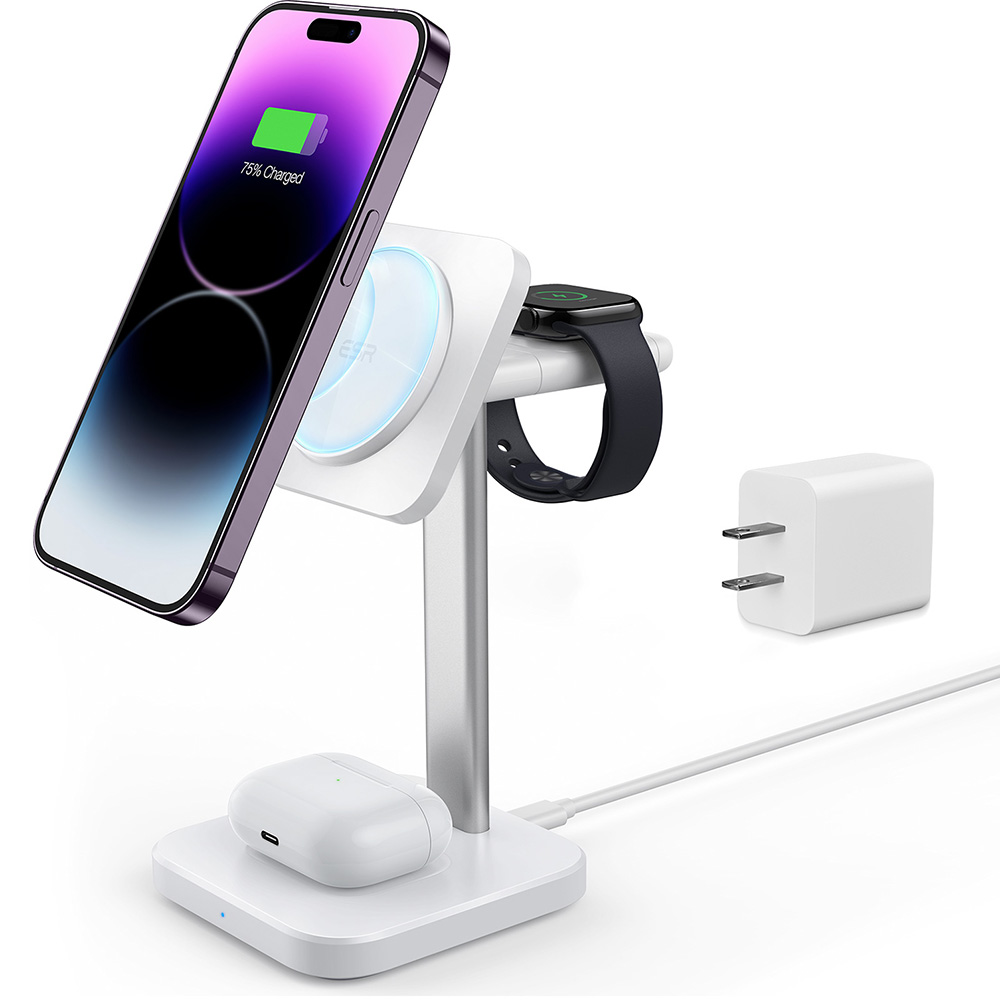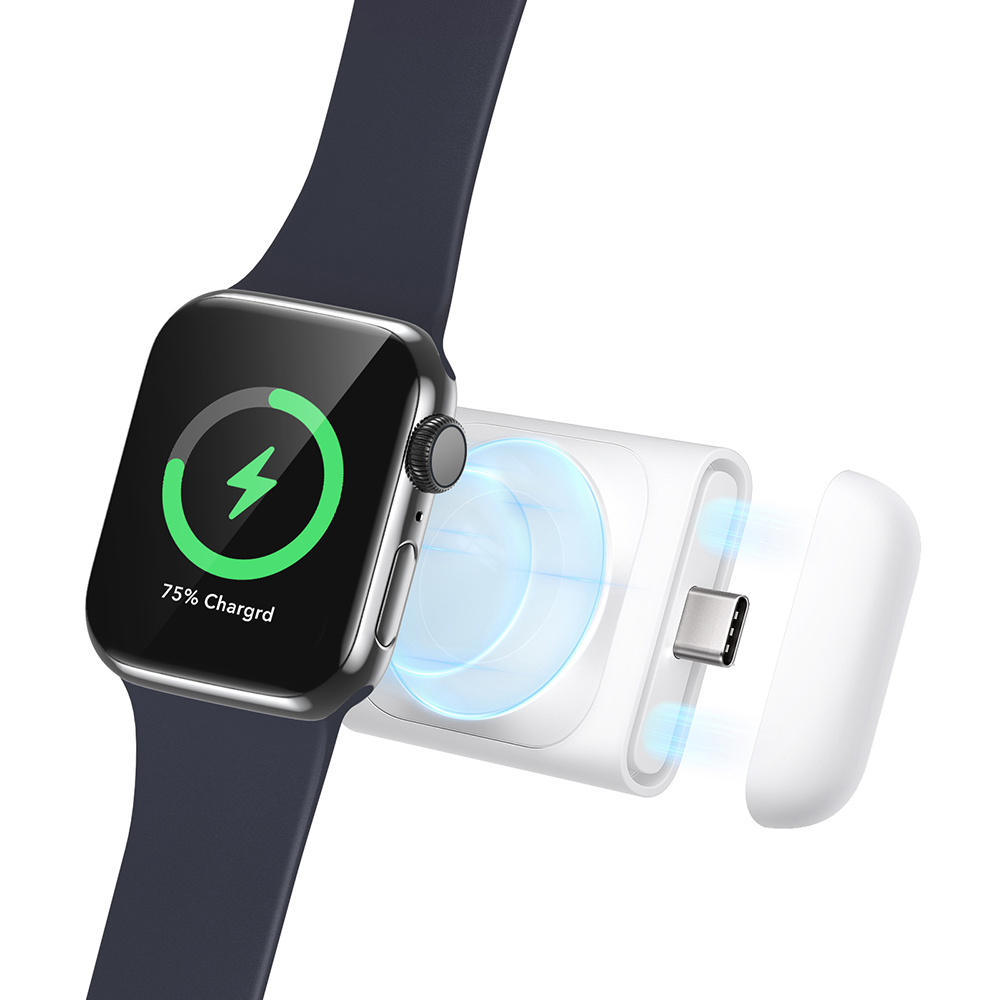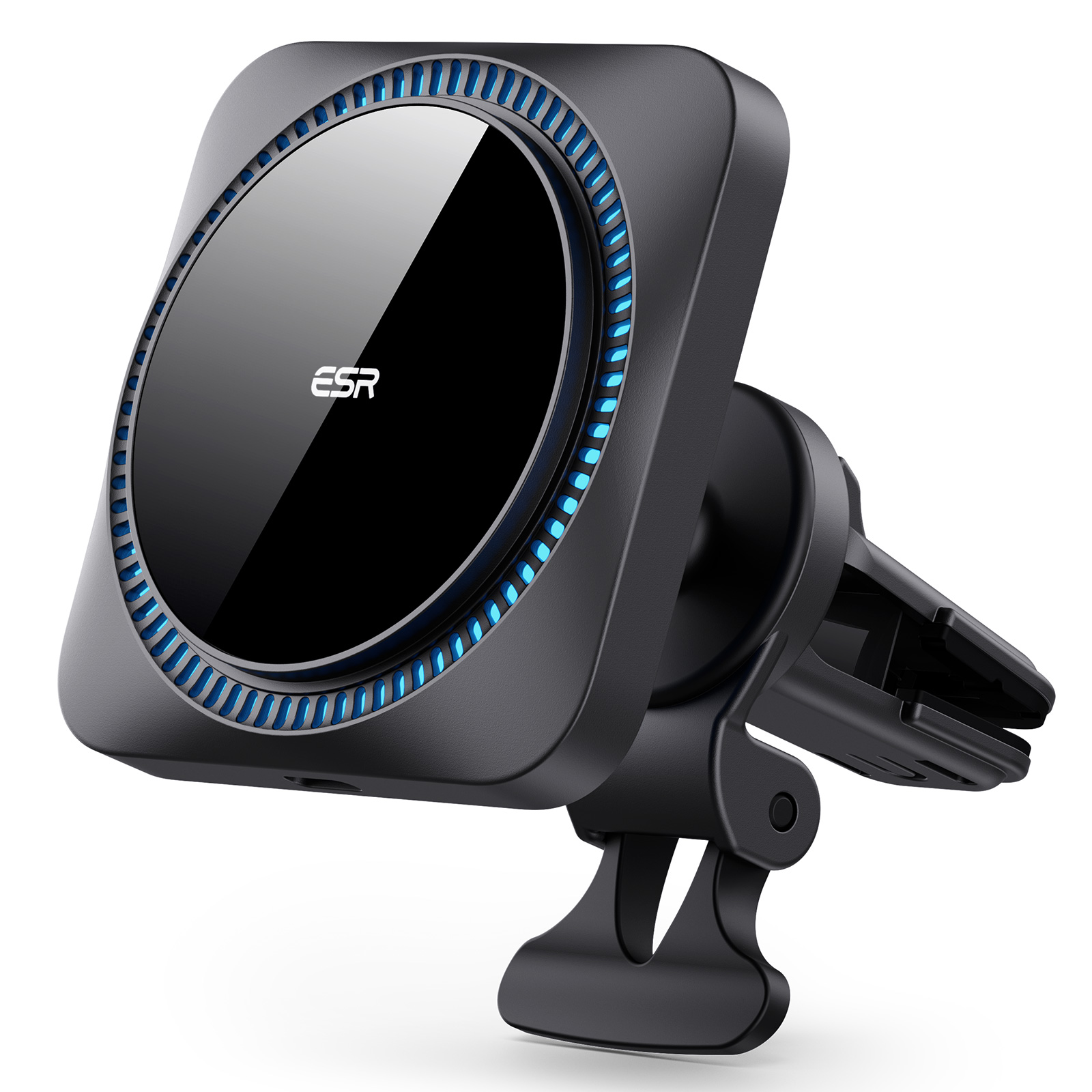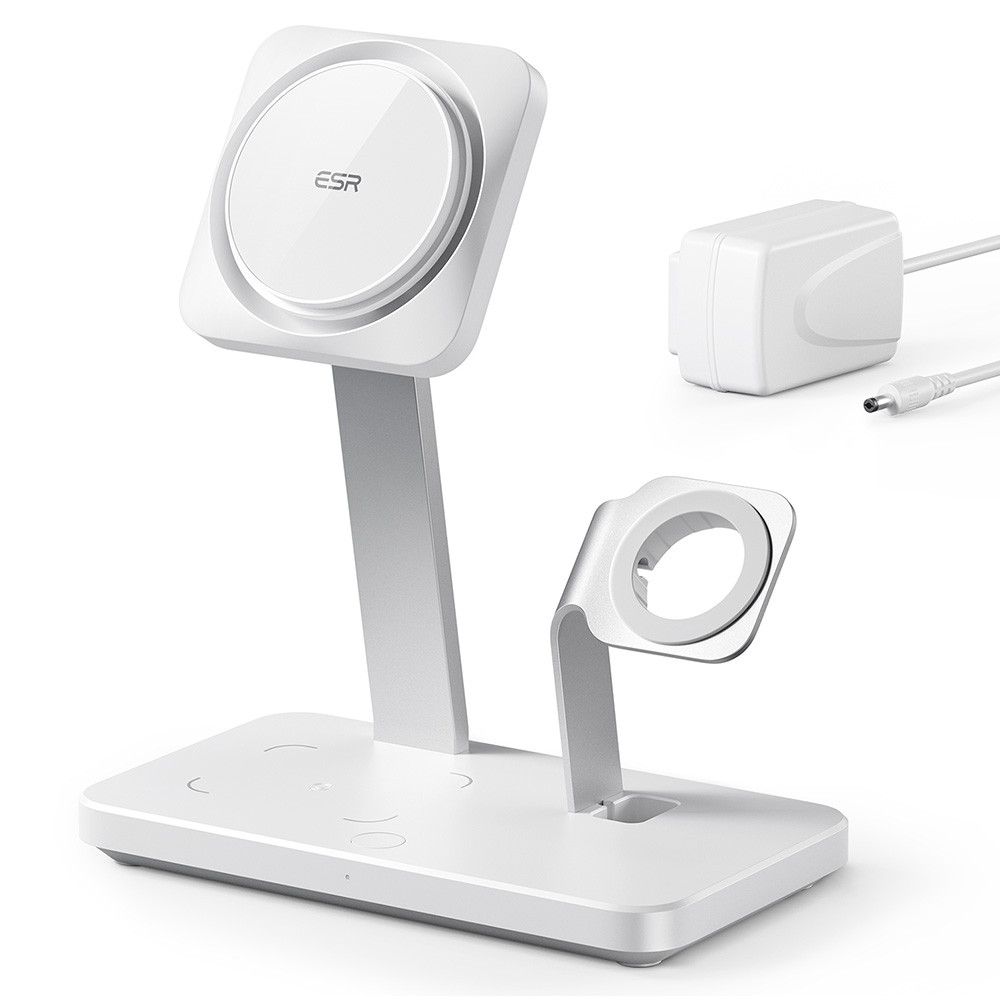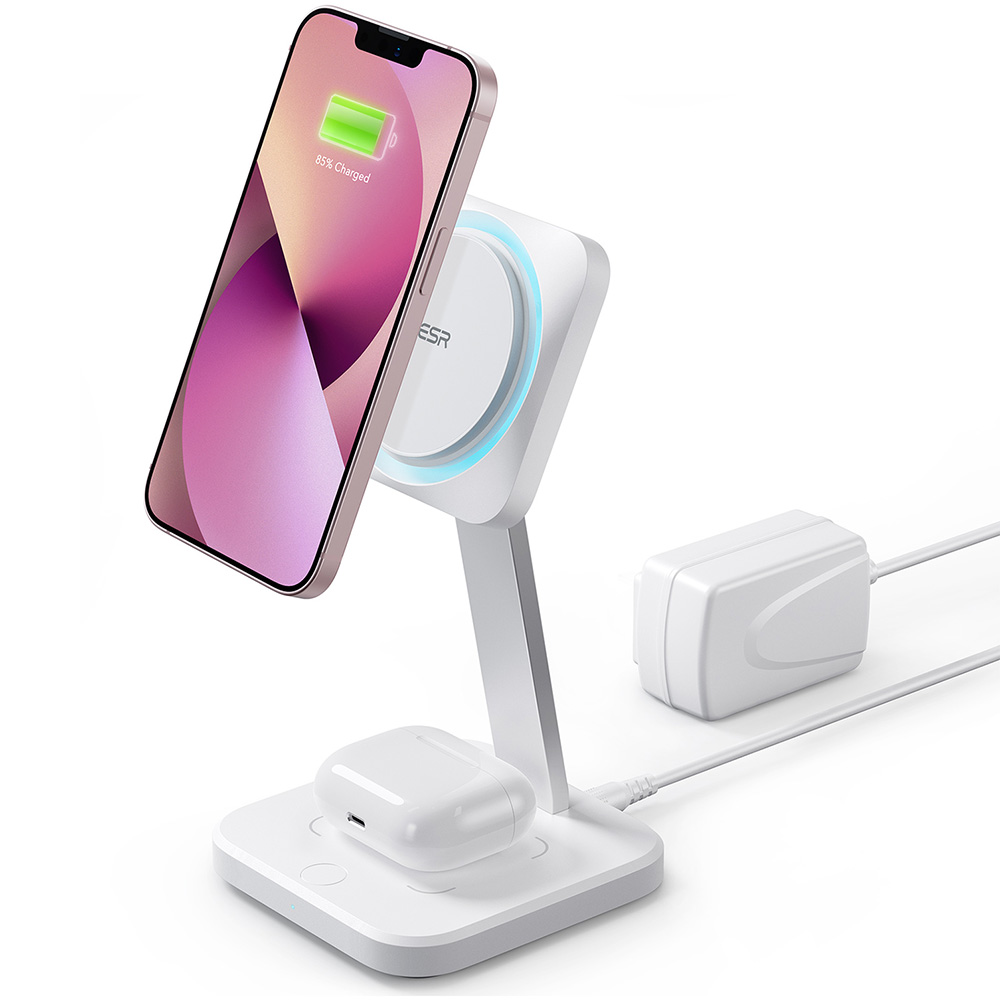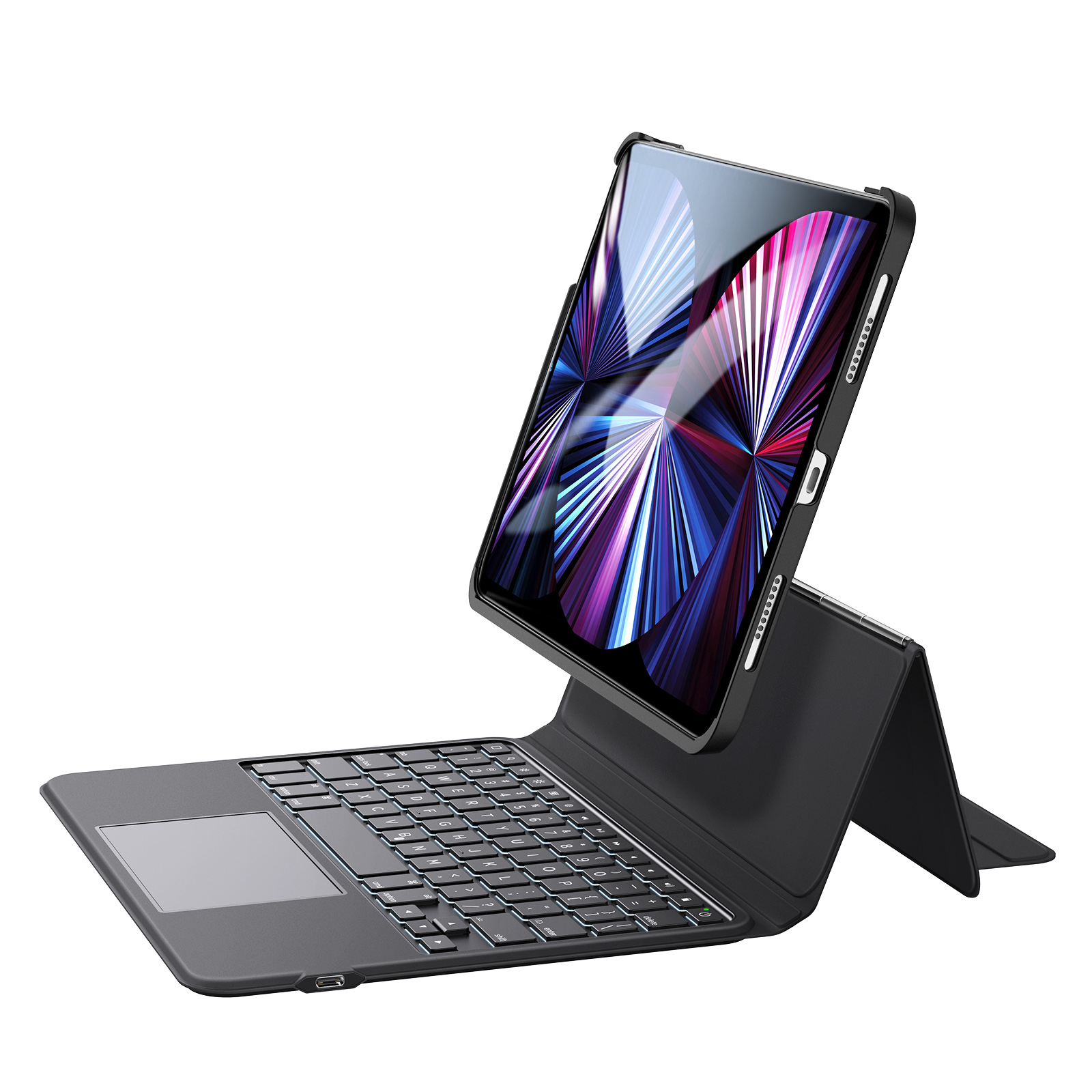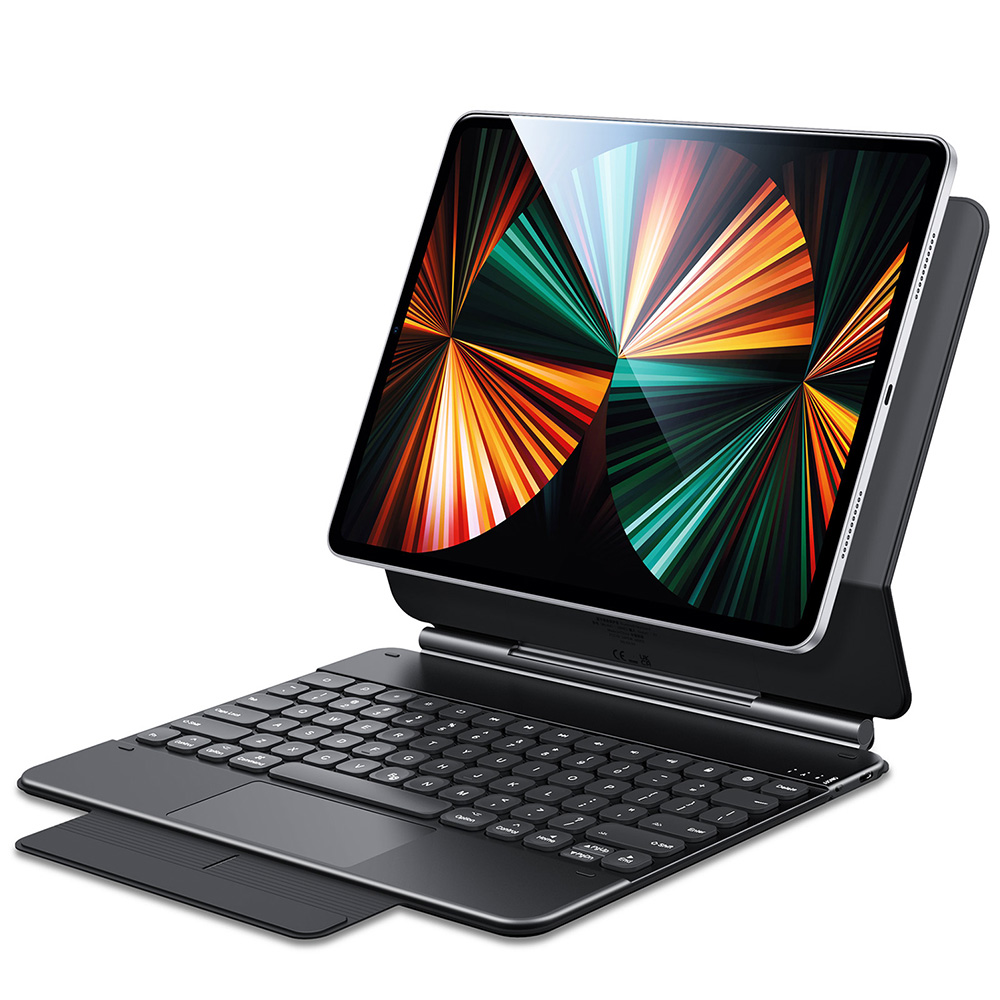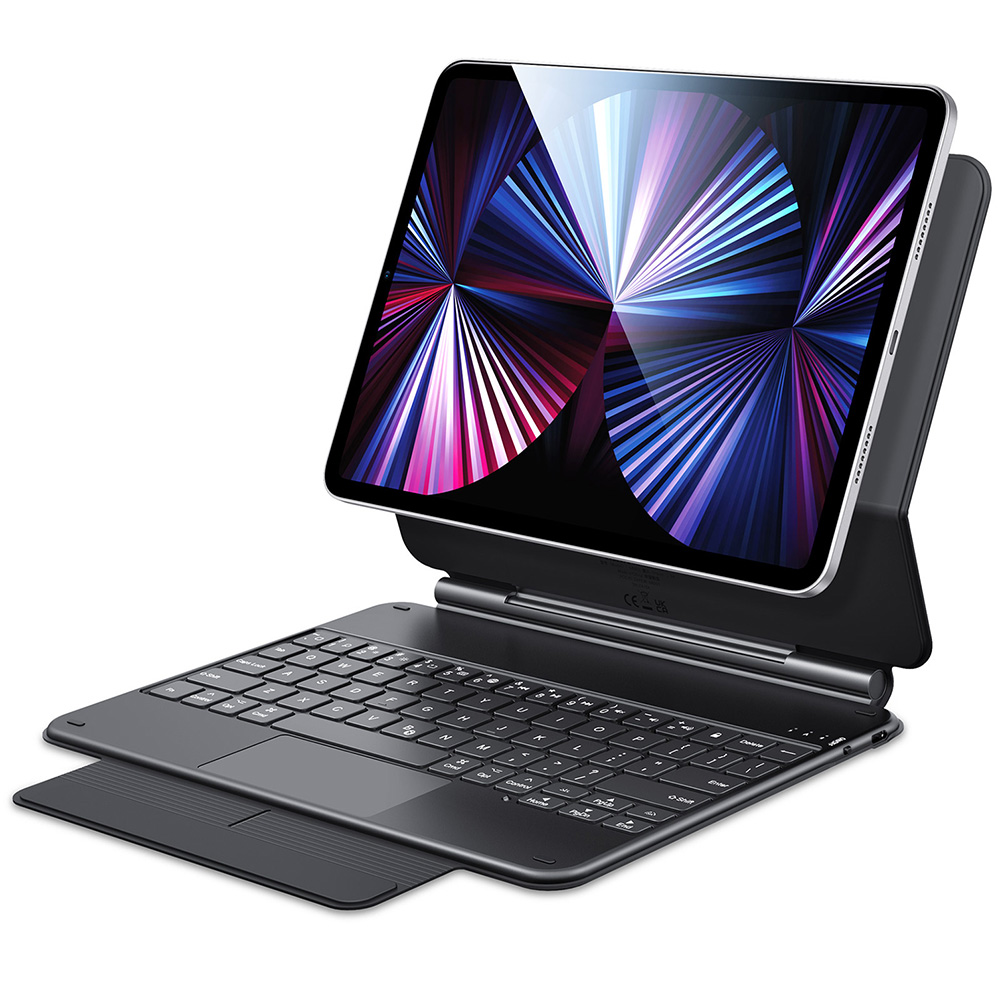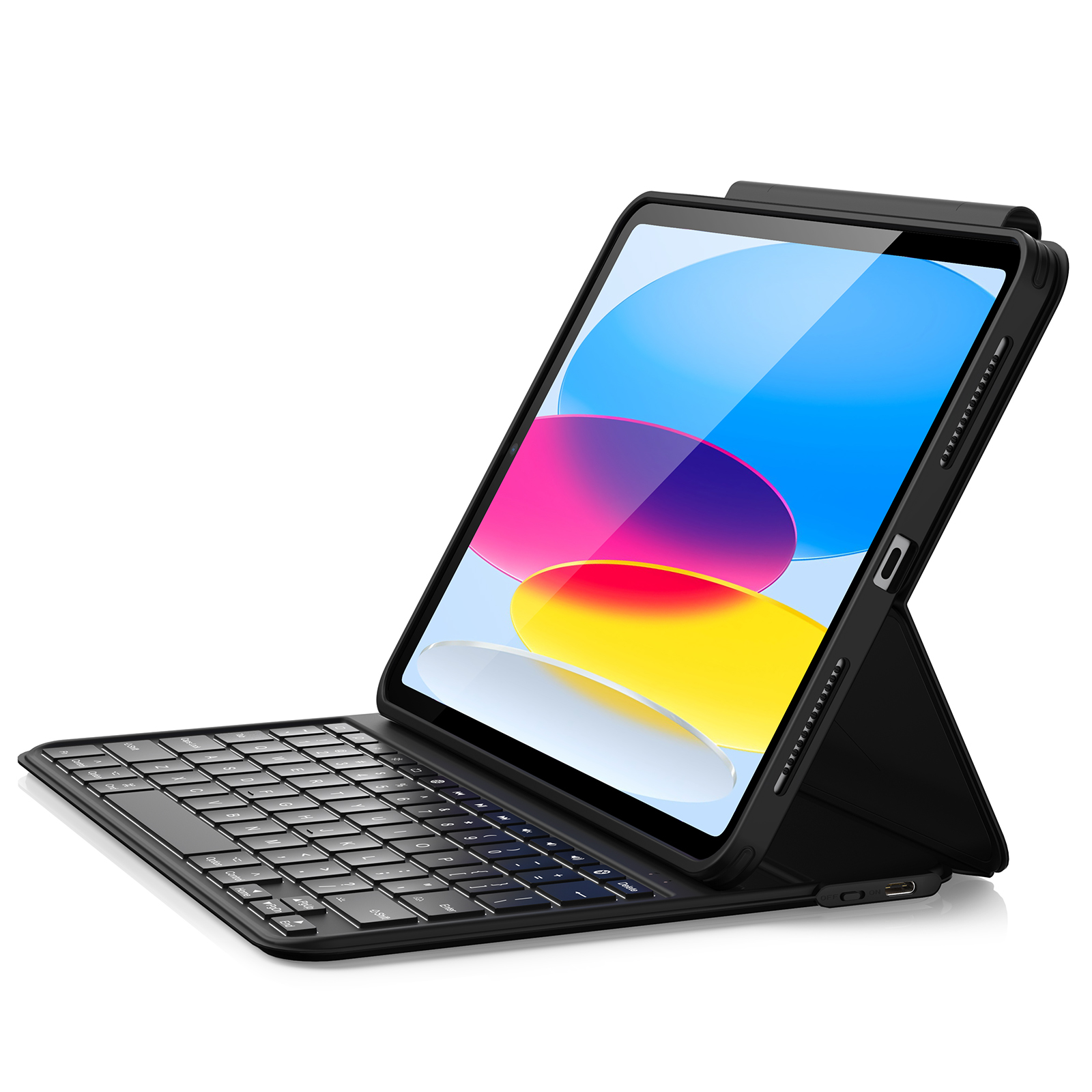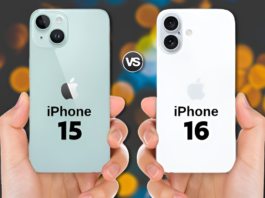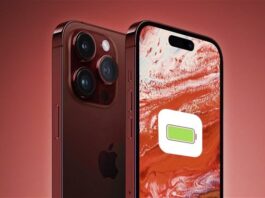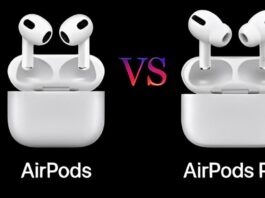Apple usually launches iPhones in September every year, and the same is expected for the iPhone 16 series. Like every year, this year also, Apple is expected to launch the iPhone 16 with some new and exciting upgrades.
In this article, we will examine a few notable differences between the iPhone 16 and iPhone 16 Pro. However, these may not be the only differences, so let’s dive right in and see if you should save up with the iPhone 16 or go all out with the iPhone 16 Pro.
iPhone 16 pro and iPhone 16 Comparison Table
| iPhone 16 Pro | iPhone 16 | |
| Size | 6.3 inches | 6.1 inches |
| Refresh rate | Variable 1-120Hz | 60Hz |
| System Chip | A 18 pro (3nm) | A 18 pro |
| RAM | 8GB | 6GBLPDDR5 |
| Internal storage | 256GB Not expandable | 128GB Not expandable |
| Rear | Triple camera | Dual camera |
| Main camera | 48MP sensor shift OIS PDAF | 48 Sensor shift OIS |
| Second camera | 12MP telephoto sensor shift OIS | 12MP ultra-wide |
| Third camera | 48MP ultra-wide | Nil |
| Dimension | 149.61 x 71.45 x 8.25mm | 147.6 x 71.62 x 7.8mm |
| Weight | 194 grams | 173 grams |
| Material | Glass back; Titanium frame | Glass back; Aluminum frame |
| Price | $1,000 | $800 |
Differences between iPhone 16 Pro and iPhone 16
1. Design
The iPhone 16 lineup will undoubtedly feature several notable changes. One feature that will be seen in the iPhone 16 lineup is the Action button which allows users to customize actions like launching apps or Shortcuts, in addition to silencing the device. Another new button, referred to as the Capture button, is expected to be added at least to the iPhone 16 Pro, enabling users to activate the camera with various pressure inputs.
As for screen sizes, the Pro models will receive larger displays, with the iPhone 16 Pro increasing to 6.3 inches and the iPhone 16 Pro Max growing to 6.9 inches. In contrast, the iPhone 16 and iPhone 16 Plus are likely to retain the same 6.1-inch and 6.7-inch panels as their predecessors. Alongside the larger screens, the Pro models are also rumored to feature significantly thinner bezels, with the iPhone 16 Pro having a 1.2mm bezel. Overall, the iPhone 16 lineup is poised to introduce a mix of hardware refinements and new features, particularly on the higher-end Pro models, while maintaining similar screen sizes for the more affordable options.
2. Display
The standard iPhone 16 is expected to retain the same 6.1-inch screen size as the current iPhone 15 model. However, the iPhone 16 Pro may see a slight increase in display size, jumping to 6.3 inches. The entry-level iPhone 16 is expected to be limited to a 60Hz refresh rate, while the Pro model will offer a smoother 120Hz adaptive refresh rate. Apple is not expected to bring 120Hz LTPO display technology to its non-Pro iPhones until at least the iPhone 17, which is rumored for 2025. The refresh rate difference will persist for at least one more generation of the iPhone series.
3. Cameras
Save 25% OFF MagSafe Charger with code: ESRBLOG
The camera setup is expected to be a major differentiating factor between the standard iPhone 16 and the iPhone 16 Pro models. For the iPhone 16 Pro, we are likely to see several camera upgrades including a larger main camera sensor for brighter, more colorful images, a 48MP ultra-wide lens (up from 12MP on the iPhone 15 Pro), and a telephoto lens with 5x optical zoom, matching the iPhone 15 Pro Max.
In contrast, the standard iPhone 16 is likely to retain a more basic camera system. It will not have a dedicated telephoto lens, instead relying on 2x digital zoom from the main 48MP camera. However, it may gain the ability to record Spatial Video, which was previously exclusive to the Pro models. So while the iPhone 16 may see some modest camera improvements, the Pro variants will pull further ahead with a more advanced multi-lens setup, including 5x optical zoom.
4. Performance
Apple is rumored to equip all iPhone 16 models with the new A18 chip, unlike the current iPhone 15 lineup which uses the A17 only in the Pro models. However, there will still be differentiation between the standard iPhone 16 and the Pro models. The standard iPhone 16 will likely get a basic version of the A18 chip, while the iPhone 16 Pro models are expected to feature a more powerful Pro variant of the A18. This mirrors Apple’s approach with the M-series chips in MacBooks, where the standard models get a less capable chip compared to the Pro variants. The A18 chip will likely be universal, but Apple will still differentiate the Pro models through a more powerful silicon variant.
5. Battery life
Talking about battery improvements for the iPhone 16 lineup, the increase in screen size for the iPhone 16 Pro, from 6.1 inches to 6.3 inches, could leave room for a larger battery capacity in the Pro model.
It’s hardly possible to talk about battery life without thinking about heat dispersion. As such it is only natural that Apple is working on ways to improve heat dispersion in its phone batteries, possibly by using a frosted metal shell and a new connector. This could help address overheating issues that have typically plagued the Pro models.
While the switch to USB-C on the iPhone 15 lineup enabled faster data transfer speeds, the charging speeds remained limited to 20W. Apple could boost the charging speed on the iPhone 16 Pro as a way to further differentiate the Pro model from the standard iPhone 16. The potential for a larger battery in the Pro model, along with enhancements to heat management and faster charging, could be areas where Apple looks to improve the user experience, especially for its high-end iPhone 16 Pro variant.
Which One Should You Go For?
It is a known fact that key factors to consider when choosing between two phone variants like the iPhone 16 and iPhone 16 Pro come down to price, features, specific needs, and personal preference. The price difference is expected to be around $200, with the iPhone 16 potentially costing $800 and the iPhone 16 Pro around $1,000.
When it comes to features, the main drivers for upgrading to the iPhone 16 Pro model are likely to be the 120Hz ProMotion display and the more capable zoom camera. The iPhone 16 Pro may also have an improved ultra-wide camera compared to the standard model. These flagship features are what typically distinguish the iPhone 16 Pro from the regular iPhone 16. The regular iPhone 16 will still offer new features like the Action Button and Camera Button, but these are considered less influential than the display and camera capabilities.
If your budget allows, the iPhone 16 Pro will be the better choice as it will offer a more premium and capable experience, especially for camera enthusiasts. However, the regular iPhone 16 will still be an excellent device and a good option for those looking to save some money without sacrificing too much in terms of core features. Ultimately, both the iPhone 16 and iPhone 16 Pro are expected to be high-quality smartphones, so the choice may come down to your specific needs, preferences, budget, and how much you value the flagship features of the Pro model.

